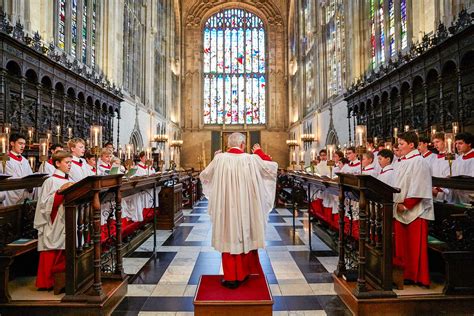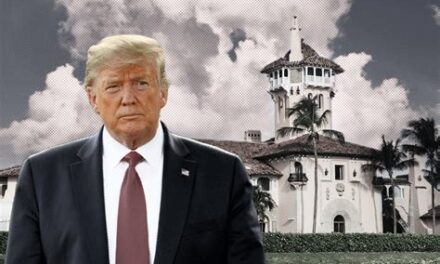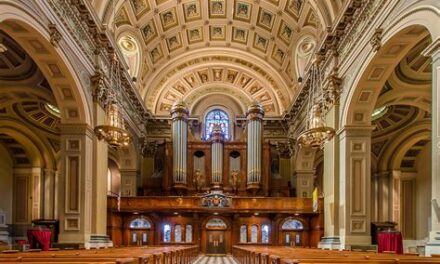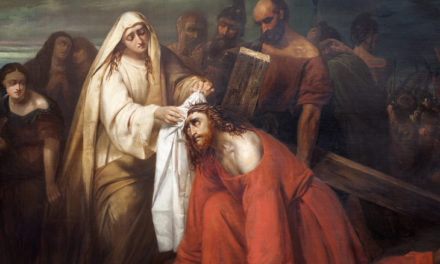Catholics need to be more welcoming to each other and to parish visitors. It’s not the first time I have made that observation, and it’s not the first time much of the response has been negative. Why? I’m accused of forcing evangelical habits on a Catholic parish, of endorsing the expression of enthusiasm.
Critics of this recommendation respond with their preference for silence, solemnity, even privacy. All this, they argue, is the appropriate attitude towards the Real Presence of Christ in the Mass. There is sometimes the sly insinuation that I still bear the stamp of my evangelical past, now 30 years past this month.
No doubt there is some truth in that, but the kind of truth that Catholics should pay attention to. Evangelicals are constantly aware, and desirous, of witnessing to their faith. To put it crassly, they are selling. By contrast, Catholics are hoarders, a practice arising from any number of sources, the first of which is simply stated — the pious habits of one generation handed down to another.
The critics also reject what I described as a lack of “connectedness” with other worshippers. Either they called it unnecessary, a distraction, or trivial; the only connection that counts is that with Christ and His Body. In order to avoid this sort of buzz saw, I should remember to avoid any allusion to what is felt by Catholics. I’m after a much larger fish, and I employed the word enthusiasm for what that might be.
Judging the present usage of any word or concept by comparison to the distant past is problematic. But the roots of the word in the Greek language and culture is instructive: The original meaning derives from the Greek enthousiasmos, derived from enthousiazein; to be inspired, specifically to be inspired by God, en/theos. The Greeks regarded such men and women with awe and fear, and for good reason, they were often dangerous.
Taken in this way, one can see that generic enthusiasm is a state that exists in tension with the tradition and practice of the Catholic faith — recall what the saints, true enthusiasts, often passed through on their paths to sanctity.
I spoke about the lack of “connectedness” that many non-practicing Catholics report when they are asked why they have stopped attending Mass. I limited my interpretation of this to their sense of rapport with other worshippers – that is, I think, what elicited the criticism. It gave the impression that Catholics should primarily nurture an emotional connection among the members of the parish community to evangelize. Personal recognition is a good thing, but it is not the primary thing, at least among Catholics.
What makes Catholicism distinctive among other Christian groups is its historic institution, hierarchy, and preference for objectivity. Real Presence makes the claim to be objectively true. Papal primacy, the authority of bishops and priests, the universality of the Church, the Magisterium, and the sacraments provide hierarchy and institution.
All of these qualities, it would seem, quash the kind of enthusiasm that concerned Msgr. Ronald Knox in his famous book from (1950) of the same name. He was well aware of the ancient background to enthusiasm:
“… the emphasis lies on a direct personal access to the Author of our salvation, [thus] at the root of it lies a different theology of grace. Our traditional doctrine is that grace perfects nature but leaves it nature still. The assumption of the enthusiast is bolder and simpler; for him, grace has destroyed nature, and replaced it.”
The question of enthusiasm, for Knox, leads directly back to the Reformation debate over the effects of the Fall on human nature, the extent to which nature is corrupted, and the relation of grace to our fallen nature.
A recovery of enthusiasm is not the best way to address the process of renewal in the Catholic Church. The language must be found elsewhere, at the heart of what it means to practice the Faith. How then is renewal to be pursued? This is where I think the “logic” of being Catholic sends us on a different course than that followed by other faith groups. There is the tendency to assume this renewal should be summoned up from within, based upon prayer, rosaries, or some sort of spiritual exercises. These are all good to do, of course, but that leaves aside the most obvious place to look for renewal: the Liturgy itself.
Let me offer the following example: Have you ever prayed in a great cathedral when the organ was playing or the choir was singing a Gregorian chant, a Mass by one of the Renaissance greats – Palestrina, Victoria, Tallis, or Byrd – or some form of music that moved you? Did you find it easier to pray? Did you find yourself going deeper, praying longer, and rising to leave with a rare sense of joy at having knelt?
I know that the local parish is rarely a great cathedral, or even a building of architectural distinction, and I know that most parish choirs are not schooled in either chant or Renaissance polyphony. But, I would ask, how much effort are we, both laity and religious, putting into the beauty of our liturgy? After all, isn’t it the beauty of the music, architecture, stained glass, images, homily, and the liturgical gestures that engage our senses and focus our minds on divine things?
In 2002, Joseph Cardinal Ratzinger delivered a sermon, “The Feeling of Things, the Contemplation of Beauty,” where he said:
“[T]he most convincing demonstration of [faith’s] truth against every denial, are the saints, and the beauty that the faith has generated. Today, for faith to grow, we must lead ourselves and the persons we meet to encounter the saints and to enter into contact with the Beautiful. How much lost “connectedness” would be recovered if more attention were paid to encounters with “the Beautiful” in the liturgy, so that it was never perfunctory, listless, or offensive to the ear and eye?”
Don’t misunderstand me. Beauty in the liturgy isn’t just a matter of better music and homilies; it requires its proper form (i.e., rubrics) as prescribed by the Church.”
This is precisely the kind of “connectedness” I wish was encountered more often in our Church. The beauty of liturgy, emanating from the Eucharistic sacrifice, has been marred by misguided liturgical improvisation and horrid, or silly, music. Dumbed-down liturgies have only increased the distance — created an obstacle to connectedness many Catholics feel from their Church, whatever their good intentions.
Our renewal must begin with the act of worship, with our liturgy. What will it take for the Liturgy to become an encounter with the Beautiful once again?














